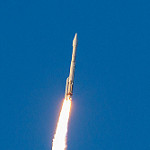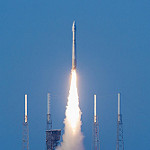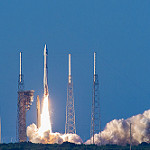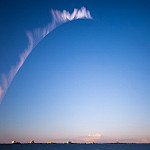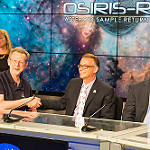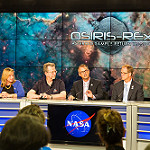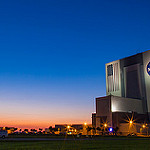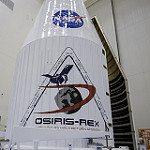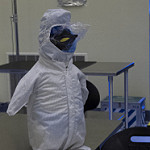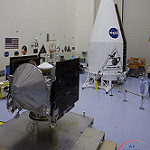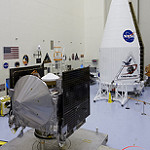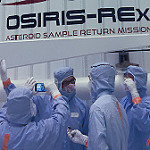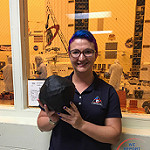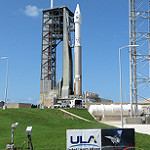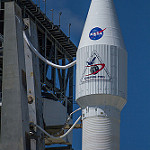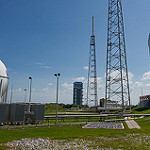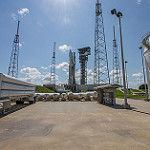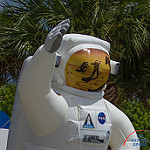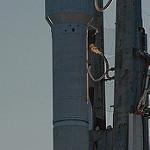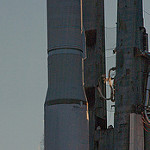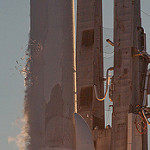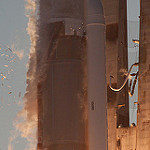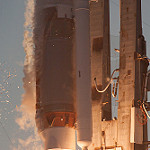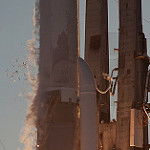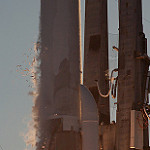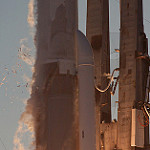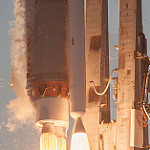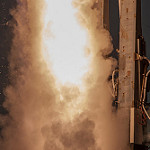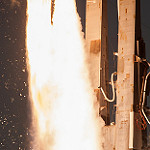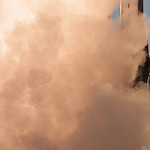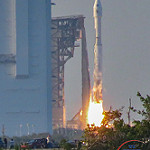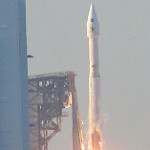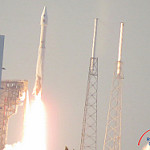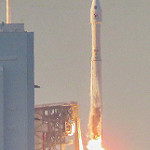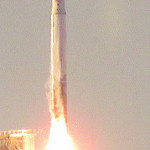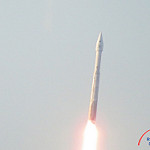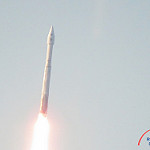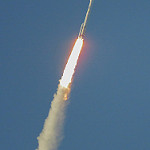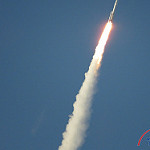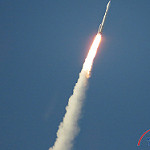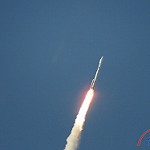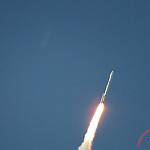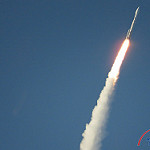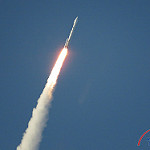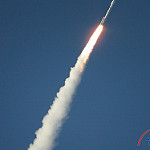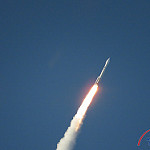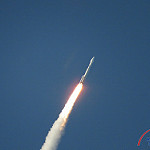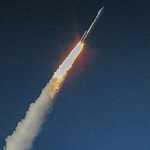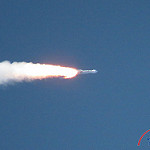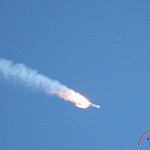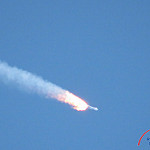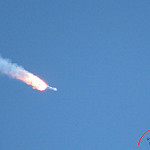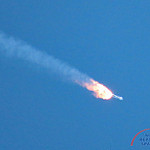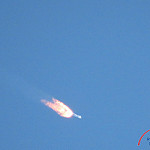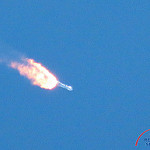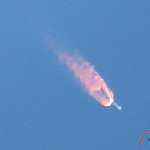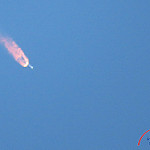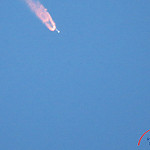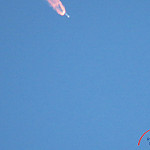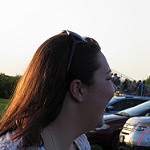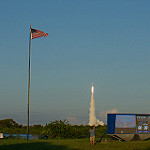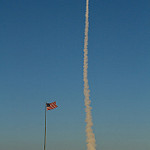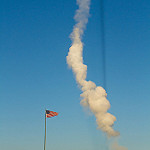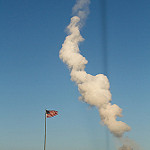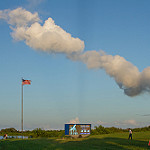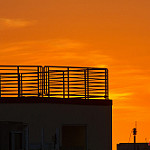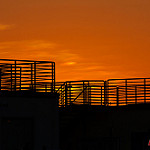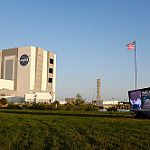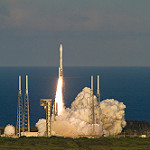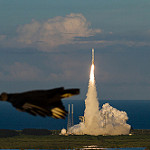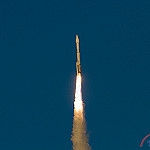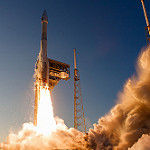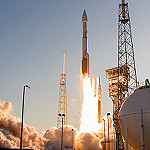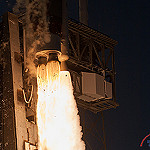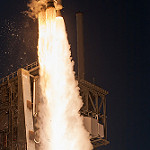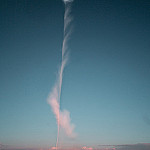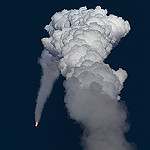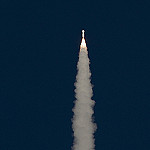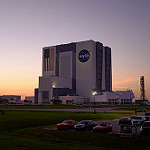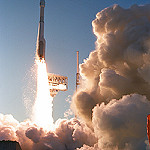Rockier Bennu Presents Challenge for OSIRIS-REx Sample Collection: Two Sites Selected
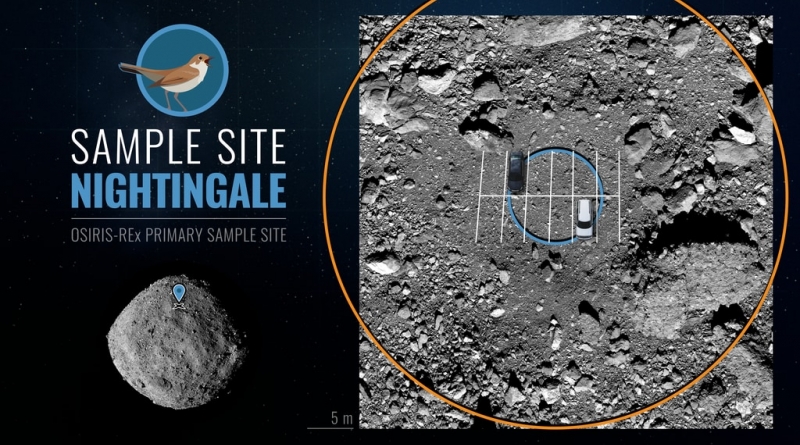
The original plan for OSIRIS-Rex was to find a 164-feet-wide area of Asteroid Bennu free of boulders, have the spacecraft approach that site and collect a sample using the TAGSAM arm before returning that sample to Earth. After nearly a year of surveying the surface, the team studied four potential sample collection sites. Due to the rocky nature of Bennu, the best site, code-named Nightingale is only 52 wide in diameter, requiring the spacecraft to approach with target-like precision. To complicate the mission, Nightingale is bordered by a building-sized boulder that the spacecraft will have to avoid while backing away from the asteroid.
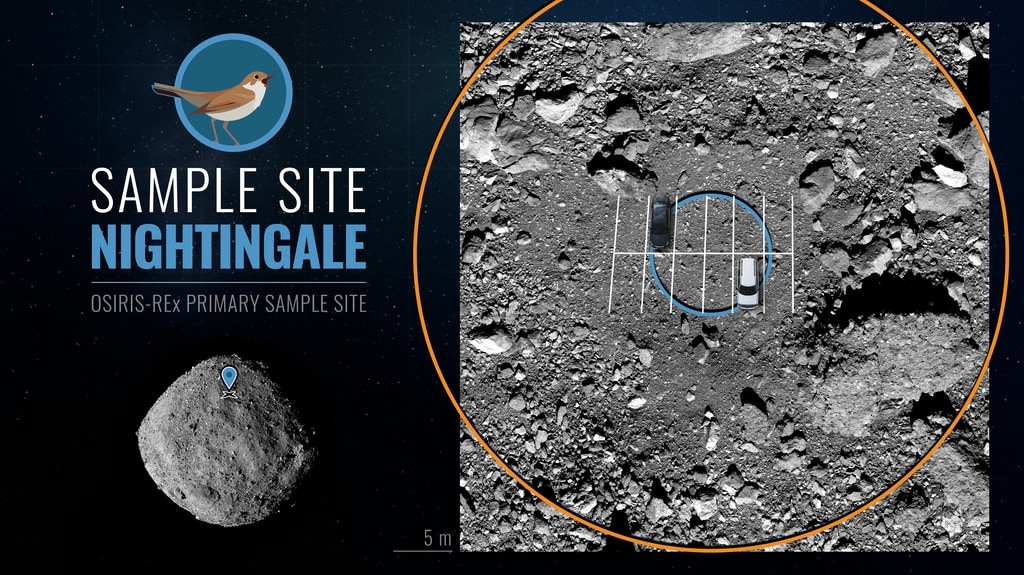
The findings were announced at AGU’s fall meeting on Thursday December 12, 2019.
“After thoroughly evaluating all four candidate sites, we made our final decision based on which site has the greatest amount of fine-grained material and how easily the spacecraft can access that material while keeping the spacecraft safe,” said Dante Lauretta, OSIRIS-REx principal investigator at the University of Arizona in Tucson. “Of the four candidates, site Nightingale best meets these criteria and, ultimately, best ensures mission success.”
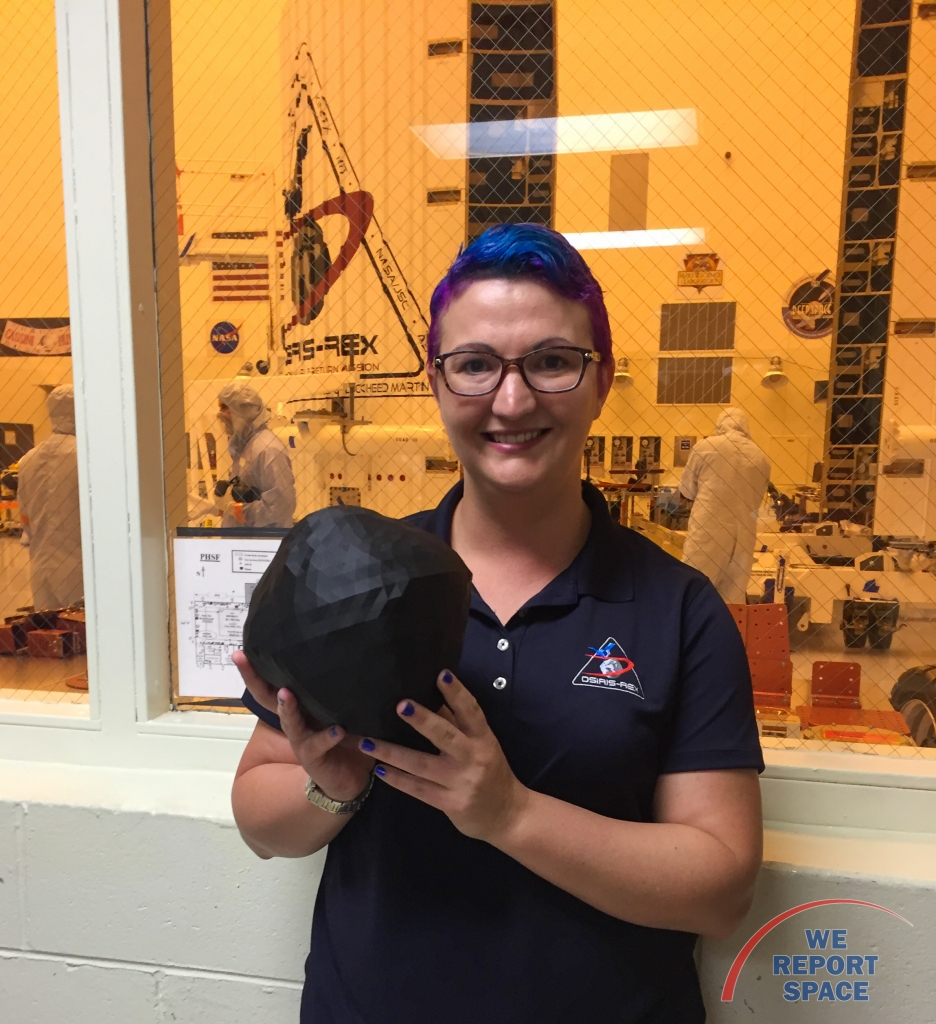
Nightingale’s rocky surface material is dark and the crater is relatively smooth. The crater also is thought to be relatively young, so the regolith is freshly exposed. This means the site would likely allow for a pristine sample of the asteroid, giving the team insight into Bennu’s history.
"Bennu has challenged OSIRIS-REx with extraordinarily rugged terrain," said Rich Burns, OSIRIS-REx project manager at NASA’s Goddard Space Flight Center. "The team has adapted by employing a more accurate, though more complex, optical navigation technique to be able to get into these small areas. We'll also arm OSIRIS-REx with the capability to recognize if it is on course to touch a hazard within or adjacent to the site and wave-off before that happens."
The mission allows for up to three attempts to collect a sample from Bennu. The spacecraft is designed to autonomously abandon an approach if its predicted position is too close to a hazardous area. During this maneuver, the exhaust plumes from the spacecraft’s thrusters could potentially disturb the surface of the site. In any situation where a follow-on attempt at Nightingale is not possible, the team will try to collect a sample from a backup size, code-named Osprey.
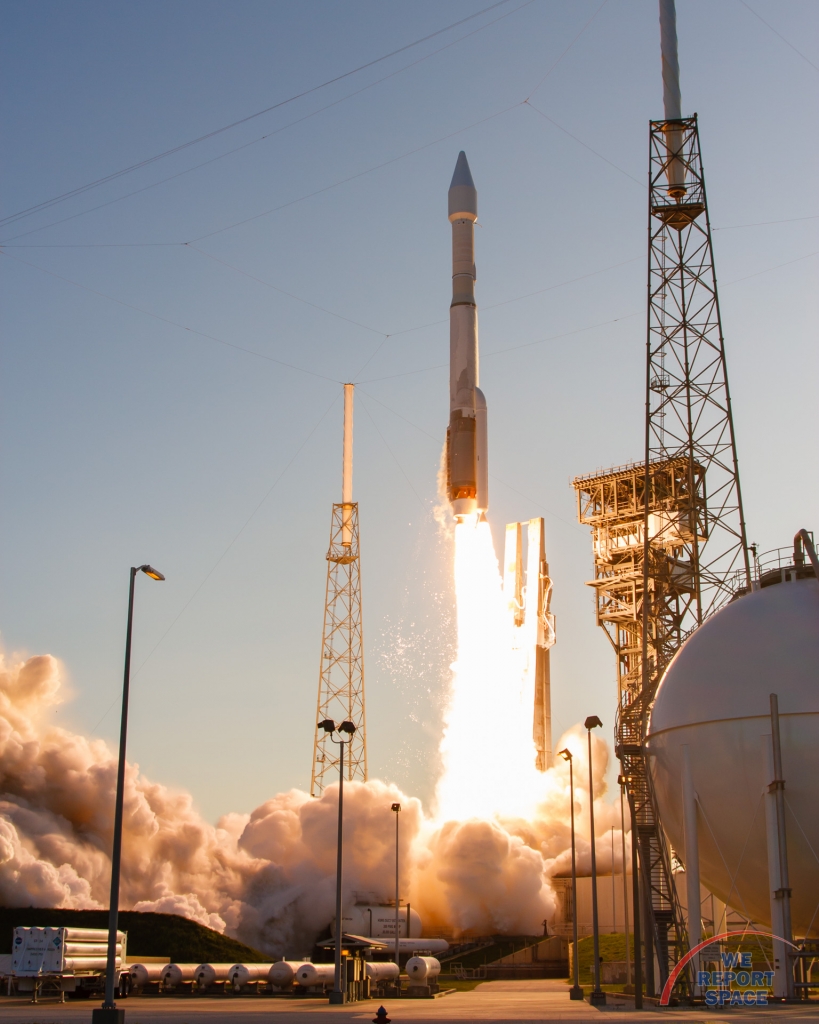
Dani DellaGiustina, OSIRIS-REx image processing lead scientist at the University of Arizona, Tucson produced the following image showing the hazard maps of Nightingale and Osprey. If the TAGSAM arm touches a blue area, it is likely that the sample will be successful. If it touches in a red area, large boulders prevent a successful sampling.
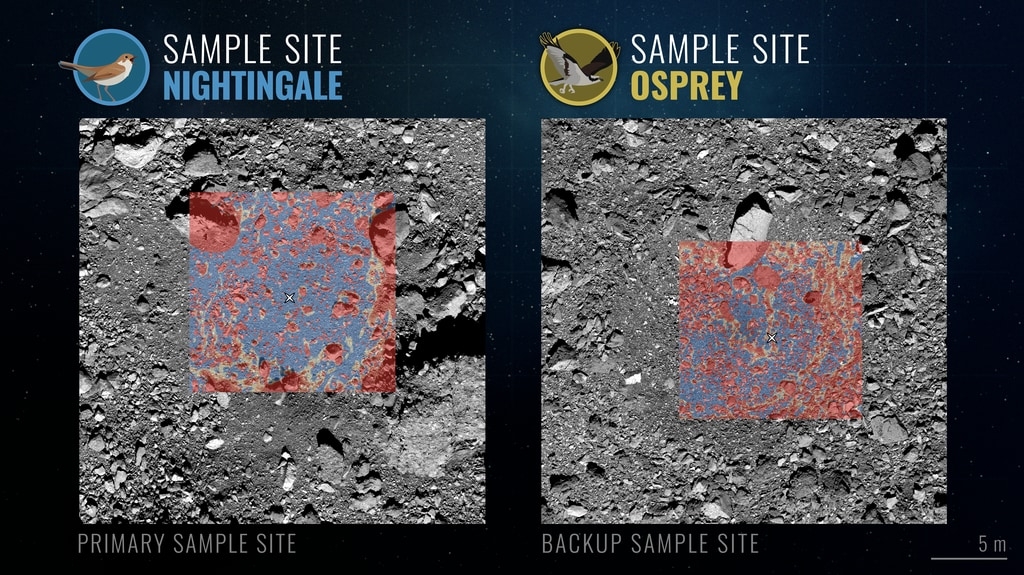
With the selection of final primary and backup sites, the mission team will undertake further reconnaissance flights over Nightingale and Osprey, beginning in January and continuing through the spring. Once these flyovers are complete, the spacecraft will begin rehearsals for its first sample collection attempt, which is scheduled for August 2020. The spacecraft will depart Bennu in 2021 and is scheduled to return to Earth in September 2023.
Illustrations: NASA/Goddard/University of Arizona
Photos

Stunning, full color photo book covering every east coast launch spanning 2014-2015, including the first-ever powered landing of a SpaceX Falcon 9 rocket.
More Info